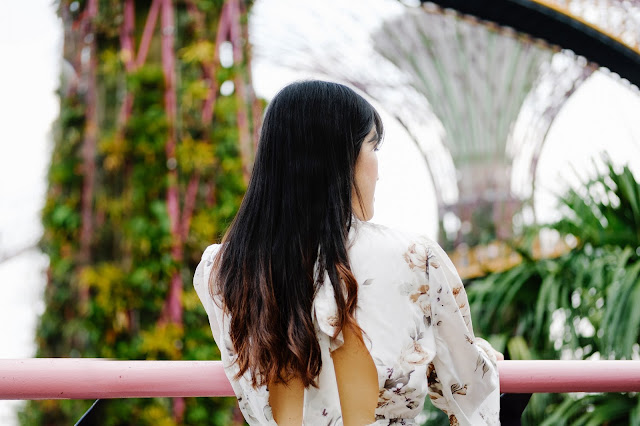Travel Essentials: Astrophotography - What You Need to Know
 |
| Taken at Lake Tekapo shot with Sony a6500 |
When it comes to astrophotography, you'll start to realize that it is significantly different gameplay compared to your usual shoots. You'll need to start shooting without autofocus and long exposures that you don't typically need. These are 5 important tips that you can bookmark for your next trip down to shoot some amazing night sky images.
#1 Check the Moon Phases
If you're planning a trip to some faraway land with shooting the stars in mind, you should do a quick search on the moon phase before choosing your trip dates. Because once your trip dates are confirmed, you might need to cancel the idea of shooting or even viewing the stars if it is around full moon. New Moon is the best time to go for the stars!
#2 Camera
They said that you don't need the best equipment to shoot if you have the skillsets. I beg to defer for this. Shooting the stars with your phone will turn out very different if you shoot with an SLR because of the sensor size. I would highly recommend getting a camera that is able to do at least 10 seconds of shutter speed. I used the Sony a6500 for my pictures!
#3 Setting Up the Camera
Remove the autofocus and set it to infinity. Try to go to your widest aperture (ideally around f2.8). Focal length of about 10-20mm for a crop sensor camera. Shutter speed of more than 10 seconds and ISO settings of 2500~6400. Try to always shoot in RAW especially for astrophotography. Read here for more detailed information.
Also, remove the camera lens cover. Sounds really obvious, but I actually once made the mistake of not removing the lens cover and thought that my camera wasn't able to shoot the night sky.
#4 Tripod
Yes, ideally it's great to have a tripod because you'll be able to angle your camera nicely. That said, as long as you are able to keep your camera still for the next 10-15 minutes, that would be enough.
If you don't have a tripod with you, adjust the camera settings to shoot with a countdown timer of 10 seconds, so that after you release your hands from the camera, the camera will be stable by the time it starts shooting.
#5 Post Editing
I can't stress how important it is to do some form of post-editing after spending so much time trying to shoot that amazing starry night. Pick up Lightroom and play with the exposure slider to get the most out of the picture you have and go from there.
If this is your first time shooting for astrophotography, you should try to get used to setting up the camera so that you'll be more familiar with it in the dark or cold night!






